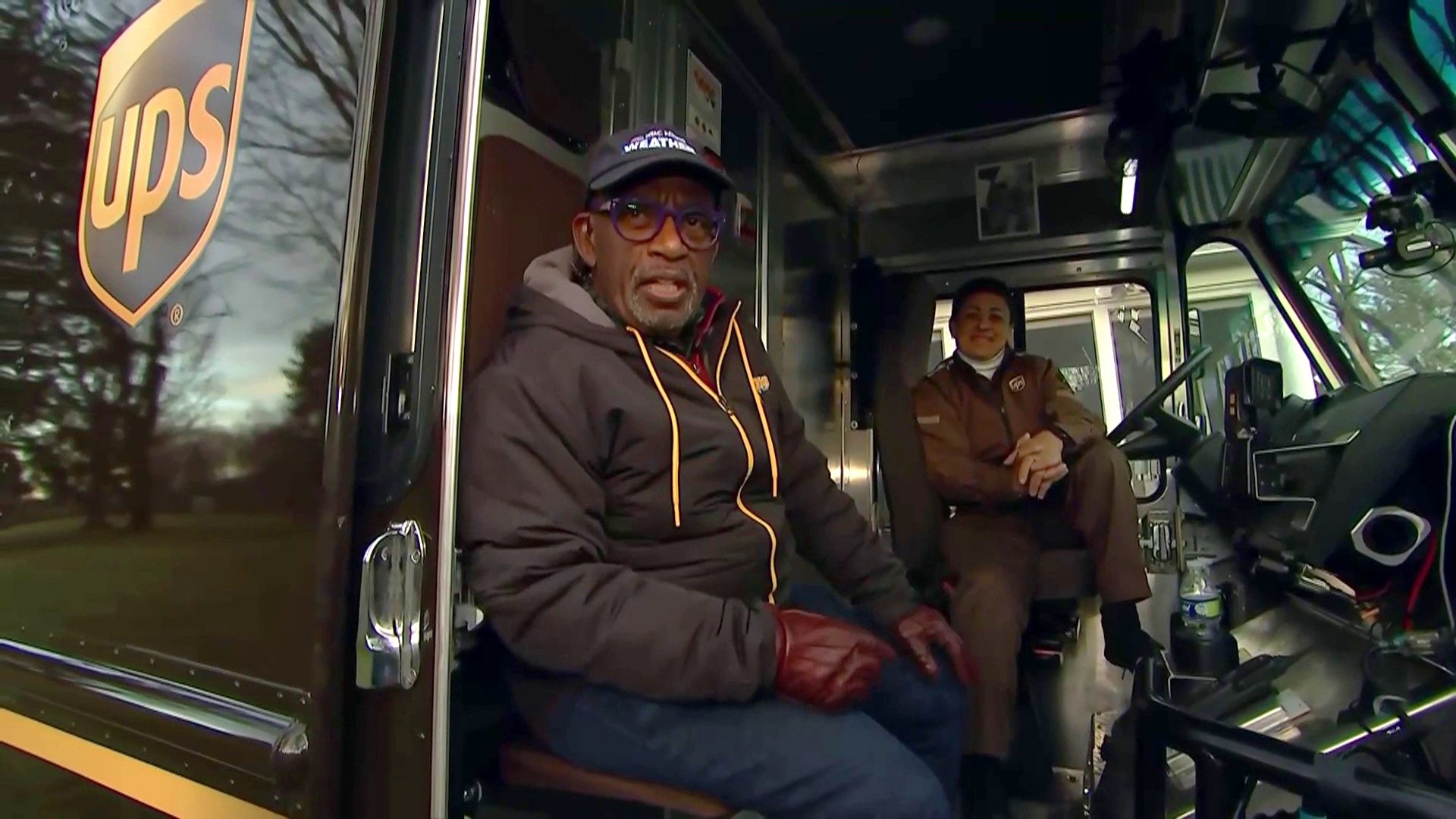
A Driver Assistant (also called a driver’s helper or co-driver) supports a vehicle driver in transporting goods. They are common in logistics, courier and delivery companies, retail distribution, manufacturing supply chains and even construction material deliveries. In these roles they load and unload cargo, check delivery paperwork, and help the driver reach each destination. For example, one job description explains that driver assistants “support a van driver with deliveries and ensuring smooth logistics operations,” including tasks like loading goods, helping with navigation and keeping the vehicle clean. In essence, a driver assistant makes sure shipments reach customers safely and on time, handling tasks that let the driver focus on driving.
Duties and Responsibilities
Driver Assistants perform many hands-on tasks to keep deliveries on track. Common duties include:
-
Loading/Unloading: Helping lift, load or unload boxes and packages from the vehicle, ensuring heavy items are handled safely.
-
Delivery Support: Assisting the driver with route navigation or finding delivery addresses. They may read maps or use GPS.
-
Documentation: Preparing and keeping delivery records or manifests. They often obtain customer signatures when items are delivered.
-
Vehicle Care: Performing basic pre-trip and post-trip inspections (checking tyres, lights, brakes) and keeping the vehicle tidy. If any mechanical or road-safety issue arises, the assistant reports it immediately.
-
Customer Interaction: Acting as the company’s representative when delivering goods. Driver assistants may hand over items, explain delivery details, or handle customer paperwork. They resolve minor issues on site (e.g. mismatched orders) or report complaints to the office.
-
Safety and Compliance: Ensuring all safety rules are followed during loading and transit (e.g. strapping down cargo, wearing safety gear). They must follow company road-safety policies and assist the driver in adhering to traffic laws.
In real work situations, a driver assistant might unload grocery cartons in a store, then return to the van to help the driver adjust a delivery route on a tablet. Or they may stand by while the driver picks up parcels, and later join in moving bulky furniture off the truck at a customer’s home. Each day usually starts with checking the load and ends with confirming all deliveries and paperwork are complete.
Driver Assistant Vacancies
-

SANBS, 1 Post – Clinic Packer
South African National Blood Service(SANBS)Pretoria, Gauteng -

Administrative Assistant Job Opportunity at TWK Agri
TWK AgriCenturion, Gauteng -

General Worker Vacancies at VKB Grain
VKB GroupModimolle, Limpopo -

Premier FMCG Forklift Driver Vacancy
Premier FMCG (Pty) Ltd.Vereeniging, Gauteng -

RCL FOODS Despatch Clerk Vacancy (1 Post)
RCL FOODSBenoni, Gauteng -

Maintenance Assistant Vacancies at Air Chefs
Air ChefsBoksburg, Gauteng -

Motus Corporation Service Advisor Vacancy
Motus CorporationPretoria, Gauteng -

Corteva Agriscience Internship – EHS & Security
Corteva AgrisciencePotchefstroom, North-West -

Sasol Fuel Distribution Officer (Pretoria)
SasolPretoria, Gauteng -

Sasol Fuel Distribution Officer Vacancies
SasolAlberton, Gauteng -

Busamed Hillcrest Private Hospital Skills Programme
Busamed Hillcrest Private HospitalDurban, KwaZulu-Natal -

Operator Vacancies (X3 Posts)
Astron Energy (Pty) Ltd.Durban, KwaZulu-Natal -

Capitec Bank Handyman Vacancies (X1 Post)
Capitec BankSandton, Gauteng -

Office Admin Learnership Vacancies at Bridgestone EMEA
Bridgestone EMEAEmalahleni, Mpumalanga -

Motus Corporation, 1 Post – Customer Care Consultant
Motus CorporationCape Town, Western Cape -

SRK Consulting Internship Opportunities
SRK ConsultingDurban, KwaZulu-Natal -

Corteva Agriscience Internship (1 Post)
Corteva AgriscienceDelmas, Mpumalanga -

Thorburn Security Solutions Grade C Officer Vacancy
Thorburn Security Solutions (Pty) Ltd.Johannesburg, Gauteng -

Parts Salesman Vacancy at Hyundai Automotive
Hyundai Automotive South AfricaDurban, KwaZulu-Natal -

Belgotex Truck Driver Assistant (X1 Post)
Belgotex Floorcoverings (Pty) Ltd.Western Cape
Working Conditions
Driver assistants typically work on the road and in warehouses, which means variable hours and physical work. They often start early in the morning to avoid traffic and may return by afternoon, but schedules can vary. Delivery runs can be long or short: some assistants finish mid-day, while others drive into evenings. Many jobs require flexible or extended hours to meet delivery deadlines. Overtime or weekend work may be needed, especially during busy seasons. Under South African labour law, a normal work week is capped at 45 hours (9 hours/day for a 5-day week). Any extra hours are paid at overtime rates. Companies must also give required breaks (e.g. a one-hour lunch break after 5 hours of work).
The job is physically demanding. Driver assistants spend much of their time standing or walking, lifting and carrying heavy parcels (often 10–25 kg or more). They must be fit enough to bend, squat and handle irregular cargo safely. Weather is another factor: assistants regularly work outdoors when unloading in rain, sun or heat. They may also help load goods in warehouses or on loading docks, which can be noisy or busy. Common risks include muscle strains from lifting, slips/trips on wet ramps, and road accidents if involved near traffic. Because of these hazards, companies emphasize safety training and equipment. For example, one job listing notes that heavy lifting and standing for long periods are expected, and recommends good physical fitness.
Salary and Remuneration
Salaries for Driver Assistants vary widely by employer and location. According to job site data, the national average pay is around R9,300 per month. Entry-level jobs or smaller companies may start around R4,500–R6,000 (as one advert showed), while larger logistics firms often pay more. For example, at DHL the average Driver Assistant salary is about R14,900 per month – roughly 60% above the national average.
There are also regional differences. Indeed’s South Africa data (April 2025) shows that higher salaries tend to appear in some cities:
-
Polokwane (Limpopo): R14,105 per month (highest reported)
-
Nelspruit (Mpumalanga): R12,690 per month
-
Johannesburg (Gauteng): R11,762 per month
-
Cape Town (Western Cape): R10,081 per month
-
Pretoria (Gauteng): R9,618 per month
-
Durban (KZN): R8,619 per month.
These figures indicate that major centers like Johannesburg and Polokwane tend to pay more than smaller towns. The table below summarizes some city averages from the same data:
| Location (Province) | Avg. monthly salary (ZAR) |
|---|---|
| Polokwane, Limpopo | R14,105 |
| Nelspruit, Mpumalanga | R12,690 |
| Johannesburg, Gauteng | R11,762 |
| Cape Town, Western Cape | R10,081 |
| Pretoria, Gauteng | R9,618 |
| Durban, KwaZulu-Natal | R8,619 |
Salaries also differ by industry and employer. For example, courier companies or major retail distributors may pay in the upper range, while small local delivery services might offer closer to the minimum wage. (Under the Road Freight Bargaining Council, the minimum wage for general transport workers is about R2,142/week as of March 2025 – roughly R8,570/month.) Benefits like travel allowances, overtime pay or company pensions may be added on top of base pay.
Requirements and Qualifications
To become a Driver Assistant, candidates generally need:
-
Education: A basic high-school level education is typical. Most employers ask for Grade 12 (Matric) or equivalent. This ensures the assistant can read maps/addresses and fill forms.
-
Experience: No specialized experience is usually required for entry-level roles, but some jobs prefer applicants with warehouse, courier or light logistics experience. Even 1–2 years of general work experience (e.g. in a store or warehouse) is a plus.
-
Driving Licence: Many listings require a valid driver’s licence. At minimum a Code B (car) licence may be needed, and for larger vehicles often Code EB (car + trailer) or higher. Some positions ask for a Professional Driving Permit (PDP/PrDP) if the assistant might occasionally drive, but others consider it a plus rather than a must. For example, a public-sector driver assistant role required an EB licence with PDP.
-
Physical Fitness: Applicants must be physically able to handle heavy loads. Advertisements commonly list “good physical fitness” or “able to lift heavy items” as a requirement. Good stamina and health are important for long days on foot and in varying weather.
-
Other Skills: Since assistants interact with customers and plan deliveries, basic communication (often in English) and literacy are needed. Employers also look for reliability, honesty and a clear criminal record. Familiarity with local road networks or any courier software is useful. Some positions mention teamwork and flexibility as key (helping cover extra runs or shifts).
In summary, the minimum requirements are typically: Matric (Grade 12) or equivalent, a clean driver’s licence, and the ability to do physical work. Successful candidates are usually punctual, trustworthy and willing to work outside standard office hours.
Preferred qualifications or skills that improve job prospects include:
-
Experience or Certification in Transport/Logistics: Previous work in delivery or warehousing is a strong advantage. Formal certificates (e.g. an NQF Level 2 or 3 Logistics qualification) can help. Some companies offer learnerships in logistics or driver training.
-
Advanced Driving Skills: A higher driving licence (e.g. Code C1/EC) or an advanced driving certificate signals you can take on more responsibility. A PDP (Professional Driving Permit) is often required for any driving role, so having it (or the ability to obtain it) is recommended.
-
Computer/Technology Skills: Basic computer literacy for handling delivery apps, spreadsheets or route-planning systems is increasingly useful.
-
Language Skills: Fluency in English and any local languages (Zulu, Afrikaans, etc.) can improve communication with clients and dispatchers.
Job Search and Recruitment
Driver Assistant vacancies appear on many South African job platforms. Common places to look are: general job boards (e.g. Indeed, PNet, CareerJunction, Gumtree), LinkedIn, and company career sites (large retailers, courier firms, logistics providers). For instance, a quick search might reveal dozens of “Driver Assistant” openings on Indeed or LinkedIn. Some agencies also specialize in transport jobs; eg., staffing firms or logistics recruitment companies often list such roles. Checking well-known courier/delivery companies (DHL, The Courier Guy, Aramex, etc.) or retailer logistics divisions (Pick n Pay, Spar, etc.) can uncover direct openings. Local newspapers and community job centres occasionally advertise for drivers and assistants. Setting up job alerts with keywords like “driver assistant” or “delivery helper” is a good strategy.
Career Progression
A Driver Assistant role can be an entry point into driving or logistics. Many driver assistants move up to become full drivers once they gain experience and licences. As one career advice site notes: “As a driver assistant you could work your way up to become a truck driver”. With further training and a commercial licence, a driver assistant might qualify for roles such as Delivery Driver, Truck Driver or Courier Driver. From there, opportunities include Driver Supervisor, Team Leader, or Logistics Coordinator in a transport department. Others transition to warehouse roles (Forklift Operator, Warehouse Team Lead) or move into dispatch/planning functions. Long-term career growth can involve moving up to supervisory or managerial roles in supply chain management.
Legal and Safety Requirements
Driver Assistants must follow South African laws for transport and employment. Legally, any non-citizen must have a valid work visa (usually a General Work Visa) before starting work. The Department of Home Affairs requires a formal job offer/contract and employer letter for visa applications. Employers cannot lawfully hire foreign nationals without these documents.
On safety, both the Occupational Health and Safety Act (OHSA) and Road Traffic Act apply. This means employers must provide safe equipment (like lifting gear or vehicle checks) and training. Driver assistants often assist with pre-trip inspections as part of compliance. Companies are required to enforce safety regulations: for example, employees must wear hi-vis gear or safety shoes when handling cargo. If the job involves hazardous materials, additional rules (Dangerous Goods Regulations) kick in.
On working hours, South African law (Basic Conditions of Employment Act) limits work to 45 hours/week (9 hours/day on a 5-day schedule). Lunch breaks are mandatory after 5 hours. Overtime work must be voluntary (unless contractually agreed) and paid at 1.5× or 2× the normal rate. Driver assistants are entitled to these protections just like other workers.
Finally, assistants often need to pass background checks: a criminal record check is commonly required. They must also meet minimum age laws (must be 18+). In short, compliance includes holding any needed licenses (driver’s licence, PDP), obeying labour laws on hours and pay, and following all transport safety rules.
Leave a Reply